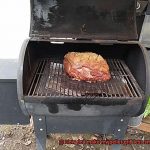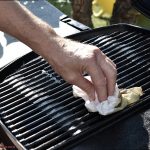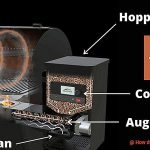Are you tired of traditional gas or electric stovetops that take forever to heat up and waste energy? Induction cooking might be the answer to your problems. This innovative technology uses a magnetic field to directly heat your pots and pans, resulting in faster, safer, and more energy-efficient cooking. But before you start cooking up a storm on your new induction cooktop, there’s one crucial question you need to ask yourself: are my pans induction compatible?
Don’t worry; we’ve got you covered. In this blog post, we’ll show you how to tell if your pans are induction compatible with simple and straightforward methods. For example, did you know that checking if a magnet sticks to the bottom of your pan is one of the quickest ways to determine if it’s made of an induction-compatible material like iron or stainless steel? We’ll also explain the differences between induction-compatible and non-compatible materials so that you can make informed decisions when purchasing new cookware.
So whether you’re a seasoned chef or just starting out in the kitchen, our guide will provide all the information you need to know about induction compatibility. Say goodbye to frustrating guesswork and hello to efficient and enjoyable cooking.
Contents
Benefits of Induction Cooking
Say goodbye to traditional stovetops and hello to the modern marvel that is induction cooking. This innovative method of cooking has a plethora of benefits that make it a top choice for homeowners.
First and foremost, induction cooking is lightning-fast and energy-efficient. Unlike gas or electric stovetops, induction cooktops use magnetic fields to heat up your pots and pans directly. This means you won’t need to wait around for your cooktop to heat up, saving you valuable time in the kitchen. Plus, it uses less energy to cook your meals, which translates into significant savings on your monthly utility bills.
Induction cooking is also a safe option for families with young children or pets. Since the cooktop only heats up when a pot or pan is placed on it, there’s no risk of accidental burns from a hot surface. And because the cooktop doesn’t get as hot as traditional stovetops, there’s less risk of fires or other accidents.
Cleaning up after meals has never been easier with induction cooking. The cool surface of the cooktop means that any spills or splatters can be quickly wiped away with a damp cloth. No more scrubbing burnt-on food off your stovetop.
Compatibility is also not an issue with induction cooking. Simply check if your pots and pans are made of magnetic materials like stainless steel or cast iron. If you’re unsure, perform a simple magnet test by placing a magnet on the bottom of the pan – if it sticks firmly, then the pan is compatible with induction cooking.
What Materials are Compatible With an Induction Cooktop?
Induction cooking relies on a magnetic field to heat up the cookware, so if your pot or pan isn’t magnetic, it won’t work. Luckily, there are several materials that are compatible with induction cooktops. These include stainless steel, cast iron, carbon steel, magnetic stainless steel, and enamel-coated cast iron.
Stainless steel is a durable and popular choice for induction cooking. However, not all stainless steel is created equal. To be magnetic and work on an induction cooktop, it must contain a certain amount of nickel and chromium.
Cast iron is another favorite material for induction cooking. Cast iron pans are naturally magnetic and can handle high temperatures for excellent searing and frying. Carbon steel is similar to cast iron in terms of its magnetic properties and heat retention but is lighter in weight.
Some manufacturers produce stainless steel cookware that has a layer of magnetic material added to the bottom. These pans may not heat up as quickly as other materials but still work well on induction cooktops.
Enamel-coated cast iron pans are also compatible with induction cooktops, but it’s crucial to check the manufacturer’s specifications before using them. Some enamel coatings may not be suitable for use on induction cooktops.
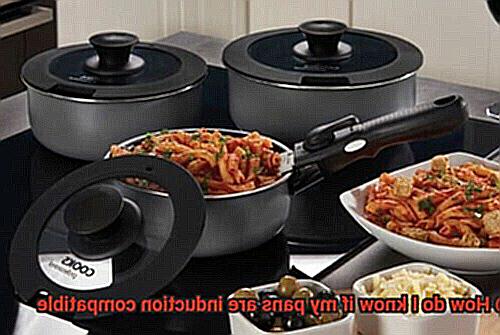
It’s essential to note that non-magnetic materials like aluminum, copper, and glass will not work on an induction cooktop unless they have a layer of magnetic material added to the bottom.
Magnet Test: How to Determine if Your Pans Are Suitable for Induction Cooking
Before you start whipping up your favorite dishes, it’s crucial to ensure your pots and pans are compatible with this type of stove. Fortunately, the magnet test is a quick and easy way to determine if your cookware is suitable for induction cooking.
To conduct the magnet test, all you need is a magnet. Ferromagnetic materials such as iron, steel, and cast iron are attracted to magnets and can generate heat in an induction cooktop. Simply place the magnet at the bottom of your pan and observe its behavior.
If the magnet sticks firmly to the base, then congratulations. Your pan is suitable for induction cooking. However, if the magnet doesn’t attract or slides off, then your pan isn’t suitable for induction cooking.
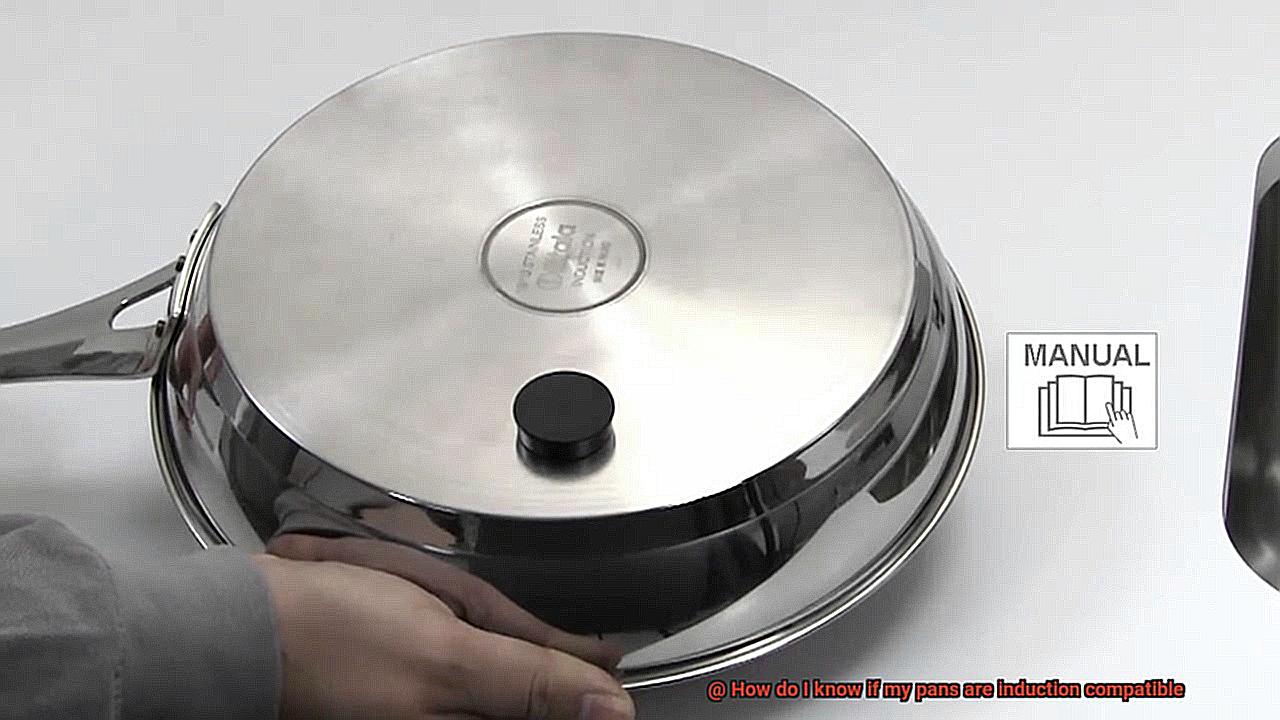
While some stainless steel pans may not be induction compatible due to a non-magnetic layer on their base, some manufacturers add a layer of magnetic material to make them suitable for induction cooking. Therefore, if your stainless steel pan fails the magnet test, check with the manufacturer before giving up on it.
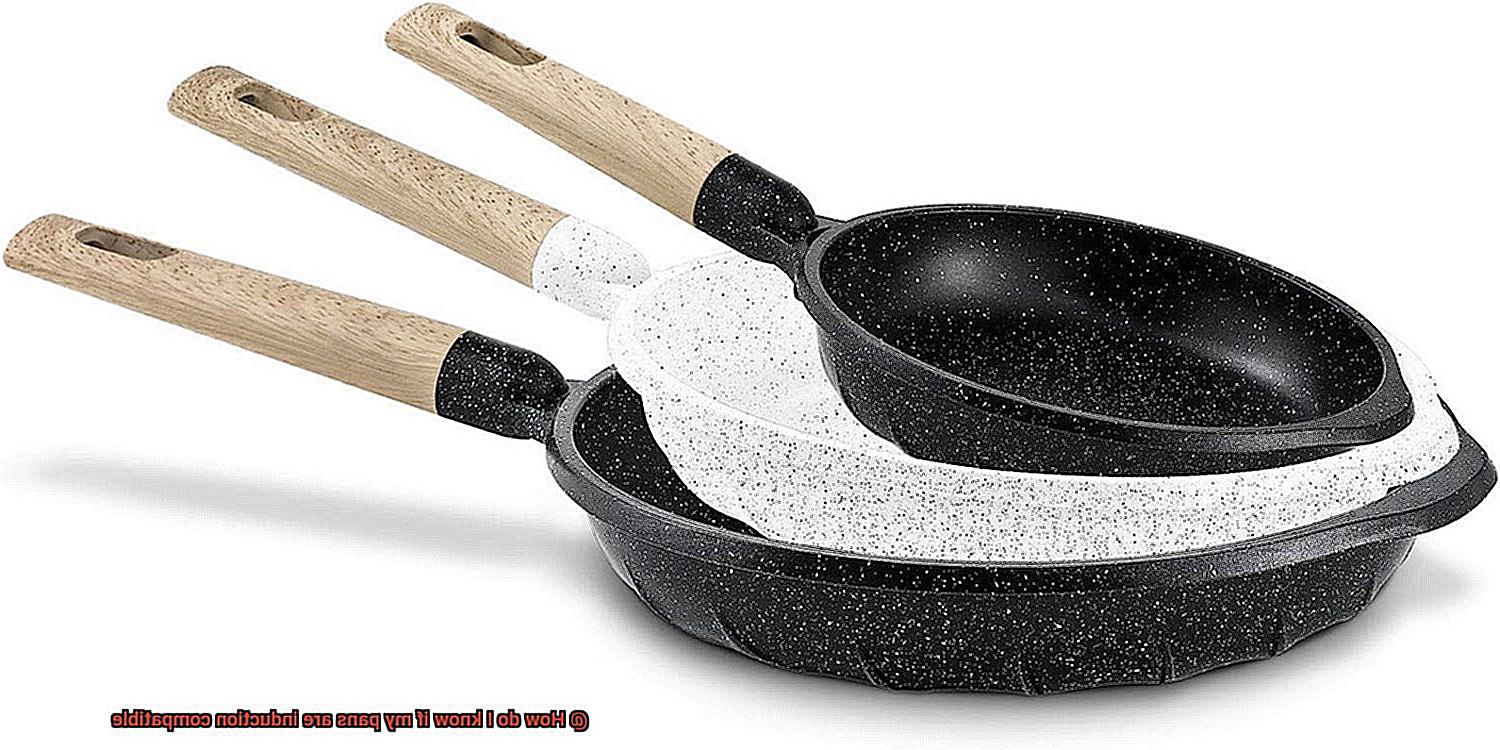
On the other hand, copper, aluminum, and glass cookware aren’t compatible with induction cooking because they aren’t ferromagnetic materials. If you plan on using these types of pans, you’ll need to invest in new ones that are suitable for induction cooking.
Stainless Steel Pans and Induction Compatibility
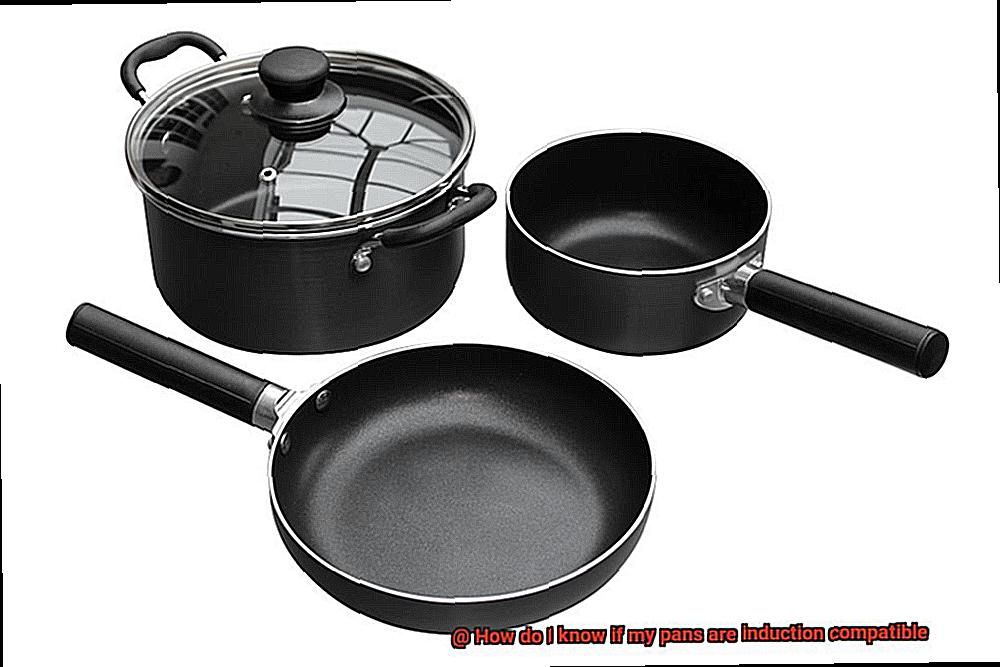
Before you start whipping up your favorite dishes, it’s important to check if your beloved stainless steel pans are compatible with induction cooking. After all, nobody wants to be left with a cold dinner due to incompatible pans.
Why is it so important to check for induction compatibility when purchasing stainless steel pans? Allow us to enlighten you:
Induction cooking necessitates iron-containing cookware: Induction cooktops use an electromagnetic field to heat the cookware directly, which means that the cookware must contain iron in order to work. Not all stainless steel pans have iron in them, so it’s crucial to verify compatibility.
Avoid wasting money: Investing in incompatible pans will not only leave you feeling frustrated but also result in wasted money. So, save yourself the hassle and ensure your pans will work on your induction cooktop before making a purchase.
Enhance your cooking experience: Induction cooking is renowned for its quick and precise heating capabilities, making it a popular choice for home cooks. Ensuring your stainless steel pans are compatible with induction cooking will optimize your cooking experience and allow you to enjoy all the benefits of this modern technology.
Now that we’ve established why checking for induction compatibility is crucial let’s delve into how you can do it.
Firstly, look for a label or symbol indicating that the pan is suitable for use with induction cooktops. This may be indicated by a coil symbol or the words “induction compatible” on the packaging or on the bottom of the pan itself.
If there is no label or symbol available, you can test if your stainless steel pan is compatible by using a magnet. Place a magnet on the bottom of the pan – if it sticks, then the pan contains enough iron to work with an induction cooktop.
It’s important to note that not all stainless steel pans are created equal when it comes to induction compatibility. Some may have a thicker layer of iron on the bottom of the pan, while others may have a thinner layer that may not work as well with an induction cooktop. Therefore, it’s always best to check with the manufacturer or do some research before purchasing stainless steel pans specifically for use with an induction cooktop.
Cast Iron Pans and Induction Compatibility
Let’s explore the ins and outs of cast iron pans and induction compatibility.
Induction stovetops use magnetic fields to heat up cookware, which means that the cookware must contain magnetic material for it to work. Stainless steel and cast iron are popular choices for induction cooking due to their magnetic properties. Cast iron pans are known for their durability and ability to retain heat, making them a favorite among many grilling enthusiasts.
But not all cast iron pans are compatible with induction stovetops. To determine if your cast iron pan is suitable for use on an induction stovetop, perform a simple magnet test. Place a magnet on the bottom of the pan, and if it sticks, then the pan is compatible. If the magnet does not stick, then the pan is not suitable for use on an induction stovetop.
However, there’s more to consider than just magnetic properties. Some older cast iron pans may not be induction compatible, even if they contain magnetic material. The bottom of the pan may not be flat enough to make full contact with the induction stovetop surface, resulting in uneven heating. So, it’s best to consult with the manufacturer or do some research online before making a purchase if you’re unsure whether your cast iron pan is suitable for use on an induction stovetop.
Copper, Aluminum, and Glass – Non-Magnetic Materials Unsuitable for Induction Cooking
Induction cooking is revolutionizing the way we cook, offering efficiency, speed, and safety. However, not all pans are created equal when it comes to this innovative cooking method. Copper, aluminum, and glass are all non-magnetic materials that are unsuitable for induction cooking. But fear not. There are still options available to you.
Let’s start with copper. This material is an excellent heat conductor but isn’t magnetic, which means it won’t work on an induction cooktop. However, some copper pans come with a stainless steel or aluminum base that makes them suitable for induction cooking. So before you say goodbye to your beloved copper pan, test it with a magnet to see if it has a magnetic base.
Moving on to aluminum. This material is another non-magnetic material that won’t work on an induction cooktop. However, some aluminum pans come with a layer of magnetic material on the bottom that makes them suitable for induction cooking. Again, use a magnet to check the compatibility of your aluminum pan.
Now let’s talk about glass. This material is non-magnetic and cannot conduct heat on its own, making it unsuitable for induction cooking. But don’t worry, some glass cookware comes with a layer of magnetic material on the bottom that makes them suitable for induction cooking. Look for cookware with a magnetic base if you’re set on using glass in your kitchen.
But why do we care about magnetic materials? Induction cooking works by creating a magnetic field between the cooktop and the pan, generating heat directly in the pan. Non-magnetic materials won’t create the necessary magnetic field and won’t heat up on an induction cooktop.
It’s important to note that not all magnetic pans are suitable for induction cooking. The quality of the magnetic material used in the pan affects its compatibility with an induction cooktop. Investing in high-quality magnetic pans will ensure efficient and even heating.
Choosing the Right Type of Pan for Your Needs
Well, hold on just a minute. Before you get started, it’s crucial to choose the right type of pan. Not all pans are created equal, and not all pans will work with induction cooktops. As an expert in this field, let me share with you some key factors to consider when choosing a pan for induction cooking.
First and foremost, the material of the pan is vital. Only magnetic materials like stainless steel, cast iron, and some types of aluminum will work with induction cooktops. That means non-magnetic materials like copper, aluminum, and glass are out of the question. You can easily test if your pan is magnetic by holding a magnet up to the bottom of it. If it sticks, then you’re good to go.
Next up, the shape of the pan is also crucial. Flat-bottomed pans work best on induction cooktops as they make proper contact with the cooktop surface and heat up evenly. This is because heat is generated from the bottom of the pan, so pans with warped or uneven bottoms will not make proper contact with the cooktop and may not heat up properly.
The third consideration is the size of the pan. It’s essential to ensure that the size of your pan is appropriate for your cooktop. If the pan is too small, it won’t make proper contact with the cooktop and may not heat up properly. On the other hand, if the pan is too large, it may hang over the edge of the cooktop and not receive even heating.
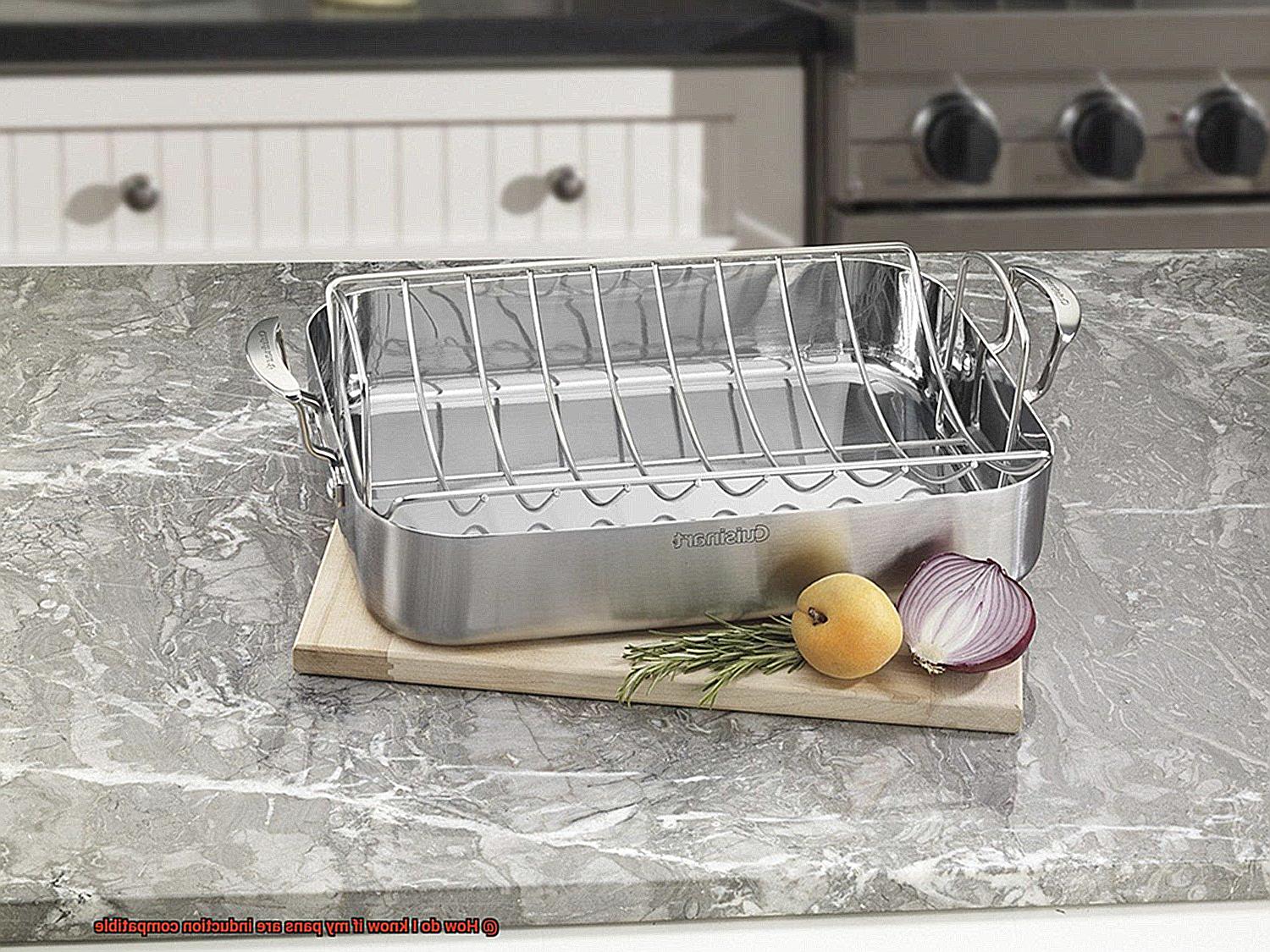
Last but not least: quality matters. High-quality pans tend to have better heat distribution and retention which can significantly improve your cooking experience. So invest in a good quality pan that will last you a long time.
IwnSpwSm8OM” >
Conclusion
Induction cooking has revolutionized the way we cook, providing faster, safer, and more energy-efficient options. However, before you dive into this modern marvel, it’s essential to ensure that your pans are compatible with induction technology. Luckily, determining compatibility is easy; all you need to do is perform a magnet test. Ferromagnetic materials such as iron, steel, and cast iron are attracted to magnets and can generate heat in an induction cooktop.
When it comes to induction-compatible pans, stainless steel and cast iron are popular choices due to their magnetic properties. Carbon steel and enamel-coated cast iron pans also work well on induction cooktops. Some manufacturers produce stainless steel cookware with a layer of magnetic material added to the bottom.
On the other hand, non-magnetic materials like aluminum, copper, and glass will not work on an induction cooktop unless they have a layer of magnetic material added to the bottom.
Choosing the right type of pan is crucial for optimal performance with an induction cooktop. Flat-bottomed pans work best as they make proper contact with the cooktop surface and heat up evenly. Quality also matters; investing in high-quality pans ensures better heat distribution and retention.
In summary, knowing which pans are compatible with an induction cooktop will save you time and money while enhancing your cooking experience.



